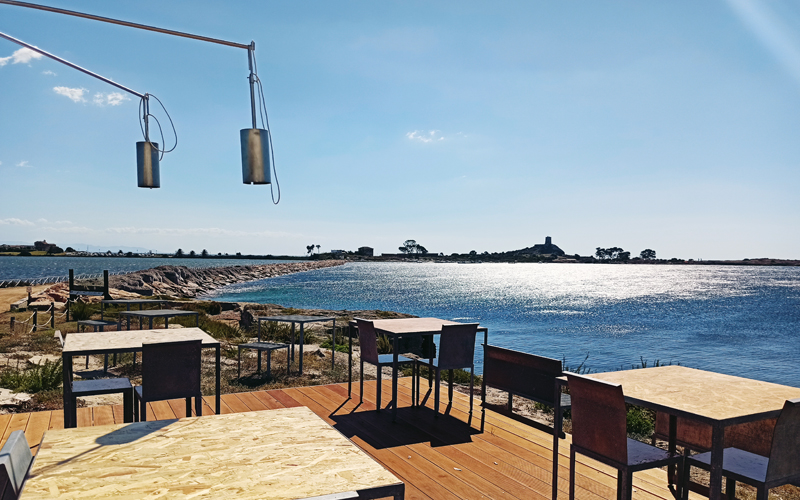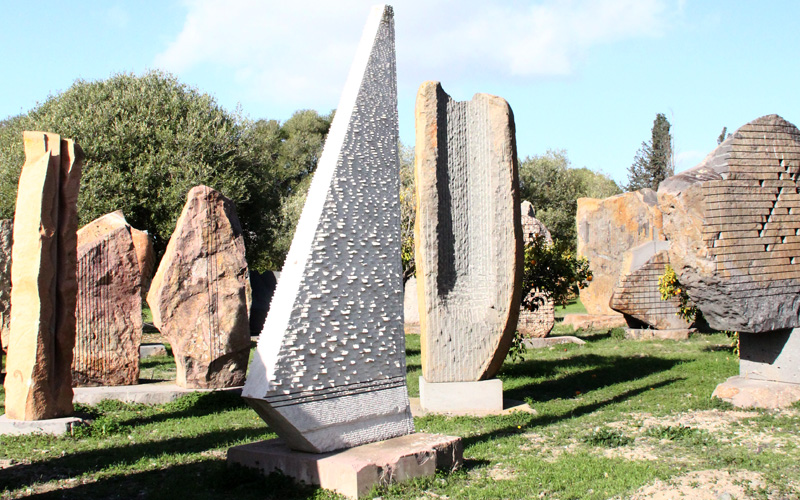As in most cultures, the jewels, which we call “Is Prendas“, have enormous historical, cultural and mystical value. In ancient times the jewel was a form of connection between man and the gods, to invoke his grace or to exorcise the forces of evil. The opportunities in life to receive or give a jewel were many, from birth, but also the deceased had a set of precious objects that guaranteed the custody of the body and the rebirth. The legend says that this jewels are “woven” by the janas, the Sardinian fairies, during the full moon nights. And why fabrics, you should ask? Because “Is Prendas” were and are still made of filigree or in thin threads of gold or silver (0.25 mm) intertwined together with tiny spheres, the grains.
The processing technique is widespread throughout the island, and each jewel has its history and its meaning. As all things of the past, it had to be donated and worn based on age, social status and opportunity, according to the strict code of non-verbal behavior of the agropastoral world that has always characterizes the island. As far as the origins of this goldsmith’s technique can be traced back to 2500 BC. during the spring of Middle Eastern civilization.
Passing through the Minoan civilization and the Greek mainland, it spreads during the first crusades when it is used to embellish sacred furnishings and jewels. Throughout the Mediterranean since 1800 the technique of filigree is affirmed and it is exported to Europe and America.
Today during the traditional festivities, women and men show their precious jewels that have been pass down for generations. One of the most representative is “Su Buttoni“, the button, a double shell with a set of precious stones, usually coral, turquoise, ruby or emerald. The shape recalls and celebrates the female breast and represents fertility and abundance.
“Su Kokku” instead is an amulet characterized by a sphere of black color, usually onix, tied in silver to form a pendant that is intended to protect the child from the evil eye, hanging on clothes or cradles. The sphere can be made in different materials, while the chains are always in silver and not in gold because the latter would have the power to cancel the magical charge of the stone.
“S’Ispilla” , the brooch, in gold foil and filigree, is attached to the headgear, shawl or chest.
Another typical jewel is the ring made of gold and silver, set with a cameo.
“Sa cannacca” is a necklace composed of large golden spheres composed of two semi-spherical caps in thin gold foil and welded together. “Sa Broscia” and “Su Medaglioni” are worn as a pendant on a velvet ribbon or inserted in “sa cannacca”.
Last but not least, the “Sardinian promise ring“ was donated by the man to his beloved and worn in the left ring finger where he could caress the vein that leads straight to the heart. The ring was created by fairies, “Janas“, who, by weaving the gold thread, created a spell that bound man forever to his woman. The very small spheres of which it is studded, symbolize the wheat grains of the spike, an icon that has always been a good omen and prosperity for a love that was being born. Even today the Sardinian Faith is considered a precious gift, rich in meaning and every woman who receives its must feel honored!
Thanks for the Is Buttones in the traditional Ittiri dress taken by @cristian_simula di Nuoro.





